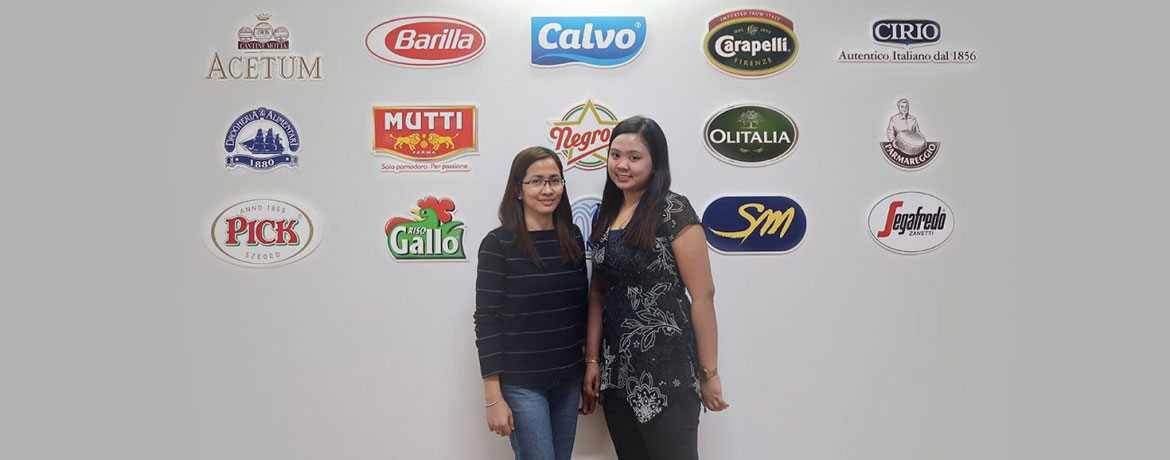
Case Study: Dawood Exports
Do you know what a dot matrix printer is?
If you have ever worked in an office setting a decade or two ago, you will know what it is — or at least have heard of it. A dot matrix printer is a printer that produces characters and illustrations by striking pins against an ink ribbon much like an old school typewriter. These printers are famous for making a ruckus in the office because they tend to be unbearably loud. They are also particularly troublesome because ink ribbons have to be replaced often (they are hard to come by these days) and they require special carbonless paper to print on.
Yet, many companies, especially small and medium-sized enterprises (SME), still use dot matrix printers. Dawood Exports is a Singapore-based company that procures and distributes European grocery lines, such as olive oil, Italian pasta and coffee machines, around Southeast Asia. And because they do a lot of deliveries on a day-to-day basis, they, too, relied heavily on dot matrix printers for invoicing work — at least they did before they approached Canon Singapore last year for a smarter, better solution.
We spoke to Siti Khadijah and Zarina Castillo, the Administrative Executive and Account Assistant Manager from Dawood Exports, to find out more.
Question: What was the invoicing workflow like in the past?
Siti: Once we receive an order, we print the invoices out on three-ply carbonless paper using the dot matrix printer. Our deliverymen will then bring the invoices out with them on their delivery runs. Once the customer receives the delivery, he will sign the invoices. He keeps one copy as a receipt, and the deliveryman will bring the other two back to the office for processing.
Question: What about the processing workflow?
Zarina: Once back at the office, I would manually track the invoices, making sure that everything matches with the supporting documents. This is very important for accounting purposes. I also had to make sure that the documents were filed in running numbers, so it is easier for us to refer to them in the future. Everything was done manually.
Question: Before adopting Canon’s business solutions in 2016, what were your main pain points?
Zarina: Sometimes the deliverymen would forget to get invoices signed, or they do not bring the invoices back at all. This meant that I had to manually go through the delivery orders to check who made the delivery, track him down and chase him for the invoices. And because the invoicing process used to be manual, mistakes happened. It was also very tedious and time consuming. Hard copies of the invoices also quickly took up space in the office.
Siti: Dot matrix printers need special ink ribbons and papers to print, and we often had to manually staple them together, which wastes a lot of time especially if you consider that we have more than 100 delivery orders every day. And dot matrix printers are loud and distracting.
Question: With Canon Solutions now a part of Dawood Exports, how has that process changed for you?
Siti: Instead of printing invoices on dot matrix printers, we use Canon’s multifunctional printers, which print standard A4 paper. This means no more ink ribbons, carbonless paper and noise.
Zarina: For me, the biggest change is in the documentation process. All I have to do now is to scan these invoices, and Canon Solutions’ software will take care of the rest by automatically sorting and storing digital copies in the server. It is much easier to retrieve, and I can get an overview of the invoices via an Excel spread sheet. And since everything is stored in the server, it frees up space in the office.
Question: Was it difficult to transit from the old system to the new?
Siti: Of course. We had been using the old system for a very long time, so it was not easy to switch overnight. We had to relearn many of the processes. But Canon knew our challenges from the start and had a representative down to explain the entire process to us, making sure that we knew how to use Canon Solutions and its software.
Zarina: Every company is different, and Dawood has our own unique requirements too. What makes Canon different is that they were able to customise their solutions to our needs. For example, we already had a pre-existing Enterprise Resource Planning (ERP) system. Canon’s software is able to work seamlessly with what we have, and we didn’t have to purchase anything new. It was plug-and-play. Very painless.
Siti: And their technicians are always on call so if we have any problems, it is not difficult to quickly get in touch with someone and have a problem solved.
For more case studies and business solutions to power up your startup or SME, follow Canon Singapore on LinkedIn for the latest updates!
